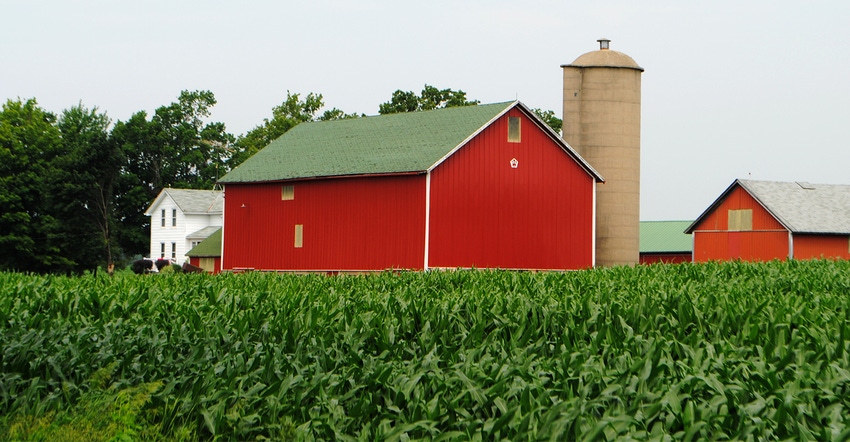
The Fourth of July weekend got off to a bang with the passage of farmland tax reform for Ohio, which will provide some much needed relief from past increases that pushed tax bills to double, even triple, in a matter of a few years.
Ohio farmers, with the backing of Ohio Farm Bureau, have been clamoring for change. In recent years the Current Agricultural Use Value formula, which was originally enacted in 1973 as way to tax farmland for agricultural purposes instead of its full market or development value, has gone against landowners.
The changes to provide a more accurate CAUV were included in the budget bill signed by Gov. John Kasich June 30. The relief will come with reappraisals this year in 41 counties for tax relief starting in January. The reforms will be fully implemented in 2022.
It’s crazy to think some producers were paying a couple hundred bucks 10 years ago and are now paying a couple thousand. With farmers into their fourth year of enduring tight margins, it was time!
The budget’s provision modifies the CAUV formula, so it more accurately reflects the farm economy, and it removes the penalty on farmers who place land in conservation practices that protect water quality.
Ohio Farm Bureau leadership and its many members who spoke out in favor of the changes were a driving force behind the reform.
The CAUV formula is a calculation that looks at crop prices, crop yields, cropping patterns, production costs and capitalization rate. It’s all designed to keep farmland in farmland and to accurately and fairly tax farmers. Over the years, changes were made in the formula to take into account certain conditions, such as high interest rates that have now drastically changed.
In the formula, the price and cost figures are divided by the capitalization rate. A key change is tying that rate to the agricultural market versus the broader financial market. The reform also removes the penalty on farmers who place land in conservation practices that protect water quality.
These changes, complement adjustments that affected the 2016 tax season, which include using 15-year loan rates instead of 25-year rates for the capitalization, changing the debt equity ratio from 60-40 to 80-20, and including more recent data on crop mix, prices, yields and production costs. And woodland values are no longer compared to cropland.
Ohio Farm Bureau says it is estimated these most recent changes, coupled with the previous reforms, will result in savings of 30% for 2017 reassessments.
That’s a healthy savings and the reform represents what CAUV was initially intended for — to keep growers growing.
About the Author(s)
You May Also Like






